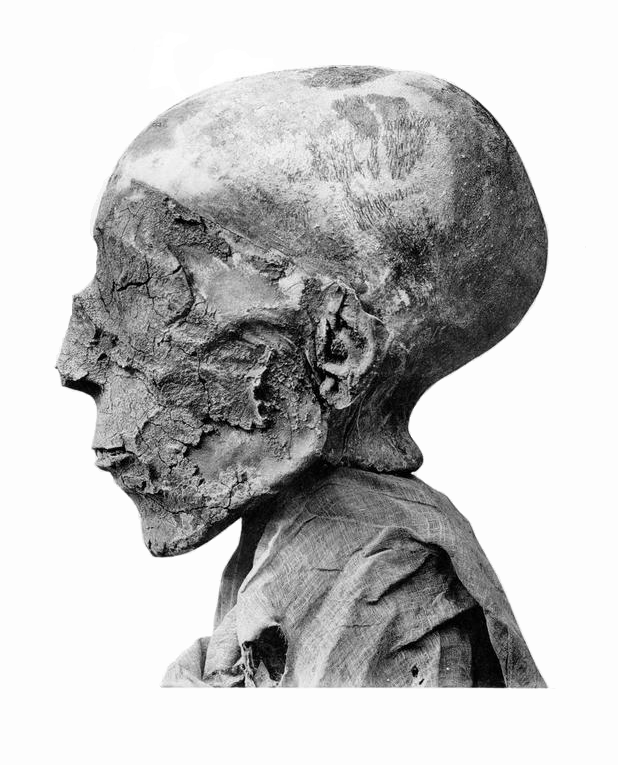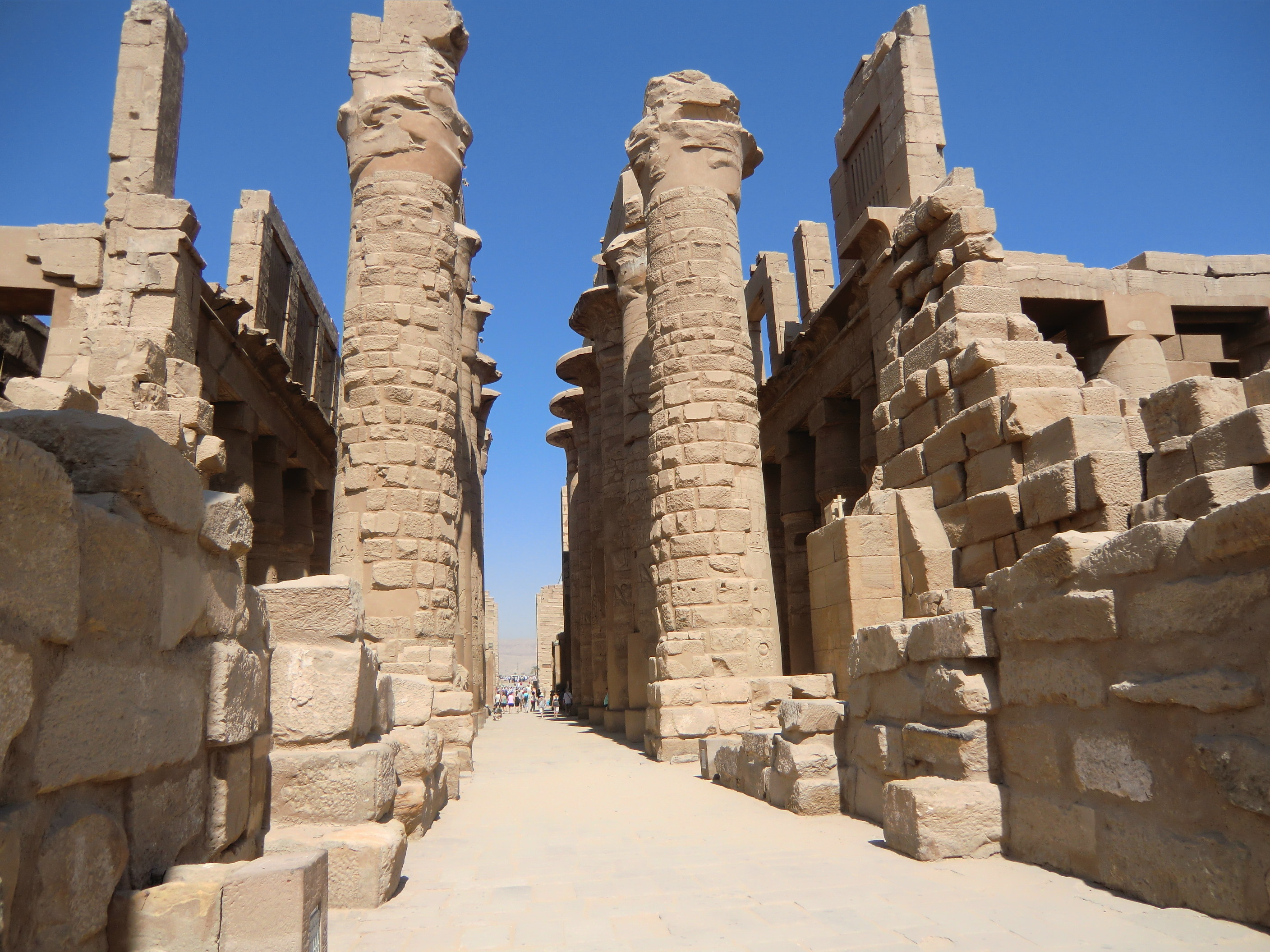|
Seti-Merenptah
Seti-Merenptah was an ancient Egyptian prince of the late 19th Dynasty, a son of Pharaoh Seti II., p.183 He is depicted behind his father in Seti's small Karnak temple. His figure replaces another, probably that of Chancellor Bay. It is assumed that he was born in the last year of his father's reign and died in Siptah Akhenre Setepenre Siptah or Merenptah Siptah was the penultimate ruler of the Nineteenth Dynasty of Egypt. His father's identity is currently unknown. Both Seti II and Amenmesse have been suggested although the fact that Siptah later changed hi ...'s fourth year, but this is not proven.Dodson & Hilton, p.183 Sources {{DEFAULTSORT:Seti-Merenptah Ancient Egyptian princes People of the Nineteenth Dynasty of Egypt ... [...More Info...] [...Related Items...] OR: [Wikipedia] [Google] [Baidu] |
Seti II
Seti II (or Sethos II) was the fifth pharaoh of the Nineteenth Dynasty of Egypt and reigned from 1203 BC to 1197 BC. His throne name, Userkheperure Setepenre, means "Powerful are the manifestations of Re, the chosen one of Re." He was the son of Merneptah and Isetnofret II and sat on the throne during a period known for dynastic intrigue and short reigns, and his rule was no different. Seti II had to deal with many serious plots, most significantly the accession of a rival king named Amenmesse, possibly a half brother, who seized control over Thebes and Nubia in Upper Egypt during his second to fourth regnal years. Contest for the throne Evidence that Amenmesse was a direct contemporary with Seti II's rule—rather than Seti II's immediate predecessor —includes the fact that Seti II's royal KV15 tomb at Thebes was deliberately vandalised with many of Seti's royal names being carefully erased here during his reign. The erasures were subsequently repai ... [...More Info...] [...Related Items...] OR: [Wikipedia] [Google] [Baidu] |
Nineteenth Dynasty Of Egypt
The Nineteenth Dynasty of Egypt (notated Dynasty XIX), also known as the Ramessid dynasty, is classified as the second Dynasty of the Ancient Egyptian New Kingdom period, lasting from 1292 BC to 1189 BC. The 19th Dynasty and the 20th Dynasty furthermore together constitute an era known as the ''Ramesside period''. This Dynasty was founded by Vizier Ramesses I, whom Pharaoh Horemheb chose as his successor to the throne. History Background The warrior kings of the early 18th Dynasty had encountered only little resistance from neighbouring kingdoms, allowing them to expand their realm of influence easily, but the international situation had changed radically towards the end of the dynasty. The Hittites had gradually extended their influence into Syria and Canaan to become a major power in international politics, a power that both Seti I and his son Ramesses II would confront in the future. 19th Dynasty Seti and Ramesses II The New Kingdom of Egypt reached the zenith o ... [...More Info...] [...Related Items...] OR: [Wikipedia] [Google] [Baidu] |
Karnak
The Karnak Temple Complex, commonly known as Karnak (, which was originally derived from ar, خورنق ''Khurnaq'' "fortified village"), comprises a vast mix of decayed temples, pylons, chapels, and other buildings near Luxor, Egypt. Construction at the complex began during the reign of Senusret I (reigned 1971–1926 BCE) in the Middle Kingdom (around 2000–1700 BCE) and continued into the Ptolemaic Kingdom (305–30 BCE), although most of the extant buildings date from the New Kingdom. The area around Karnak was the ancient Egyptian ''Ipet-isut'' ("The Most Selected of Places") and the main place of worship of the 18th Dynastic Theban Triad, with the god Amun as its head. It is part of the monumental city of Thebes, and in 1979 it was inscribed on the UNESCO World Heritage List along with the rest of the city. The Karnak complex gives its name to the nearby, and partly surrounded, modern village of El-Karnak, north of Luxor. Overview The complex is a vast open si ... [...More Info...] [...Related Items...] OR: [Wikipedia] [Google] [Baidu] |
Chancellor Bay
Bay, also called Ramesse Khamenteru (died 1192 BC), was an important Asiatic official in ancient Egypt, who rose to prominence and high office under Seti II Userkheperure Setepenre and later became an influential powerbroker in the closing stages of the 19th Dynasty. He was generally identified with '' Irsu'' (alt. Arsu, Iarsu, Yarsu) mentioned in the Great Harris Papyrus, although no contemporary source connects Bay with Irsu. Bay's importance is emphasized by the fact that he was given permission, possibly by Seti II but more probably by Siptah, to construct his own tomb in Egypt's Valley of the Kings ( KV13). His tomb was clearly constructed as part of a triad of tombs, including that of the Pharaoh Siptah and Queen Twosret. This was an unprecedented privilege, the likes of which were rarely accorded to a commoner, let alone a foreigner (though previous exceptions, such as that of Yuya, have occurred). It is possible that Bay was accorded this tomb because he was a relation ... [...More Info...] [...Related Items...] OR: [Wikipedia] [Google] [Baidu] |
Siptah
Akhenre Setepenre Siptah or Merenptah Siptah was the penultimate ruler of the Nineteenth Dynasty of Egypt. His father's identity is currently unknown. Both Seti II and Amenmesse have been suggested although the fact that Siptah later changed his royal name or nomen to Merneptah Siptah after his Year 2 suggests rather that his father was Merneptah. If correct, this would make Siptah and Seti II half-brothers since both of them were sons of Merneptah. He was not the crown prince, but succeeded to the throne as a child after the death of Seti II. His accession date occurred on I Peret day 2 around the month of December. Origins Historically, it was believed that Tiaa, a wife of Seti II, was the mother of Siptah. This view persisted until it was eventually realized that a relief in the Louvre Museum (E 26901) "pairs Siptah's name together with the name of his mother" a certain Sutailja or Shoteraja. Sutailja was a Canaanite rather than a native Egyptian name, which means that ... [...More Info...] [...Related Items...] OR: [Wikipedia] [Google] [Baidu] |
Ancient Egyptian Princes
Ancient history is a time period from the beginning of writing and recorded human history to as far as late antiquity. The span of recorded history is roughly 5,000 years, beginning with the Sumerian cuneiform script. Ancient history covers all continents inhabited by humans in the period 3000 BCAD 500. The three-age system periodizes ancient history into the Stone Age, the Bronze Age, and the Iron Age, with recorded history generally considered to begin with the Bronze Age. The start and end of the three ages varies between world regions. In many regions the Bronze Age is generally considered to begin a few centuries prior to 3000 BC, while the end of the Iron Age varies from the early first millennium BC in some regions to the late first millennium AD in others. During the time period of ancient history, the world population was already exponentially increasing due to the Neolithic Revolution, which was in full progress. While in 10,000 BC, the world population s ... [...More Info...] [...Related Items...] OR: [Wikipedia] [Google] [Baidu] |




